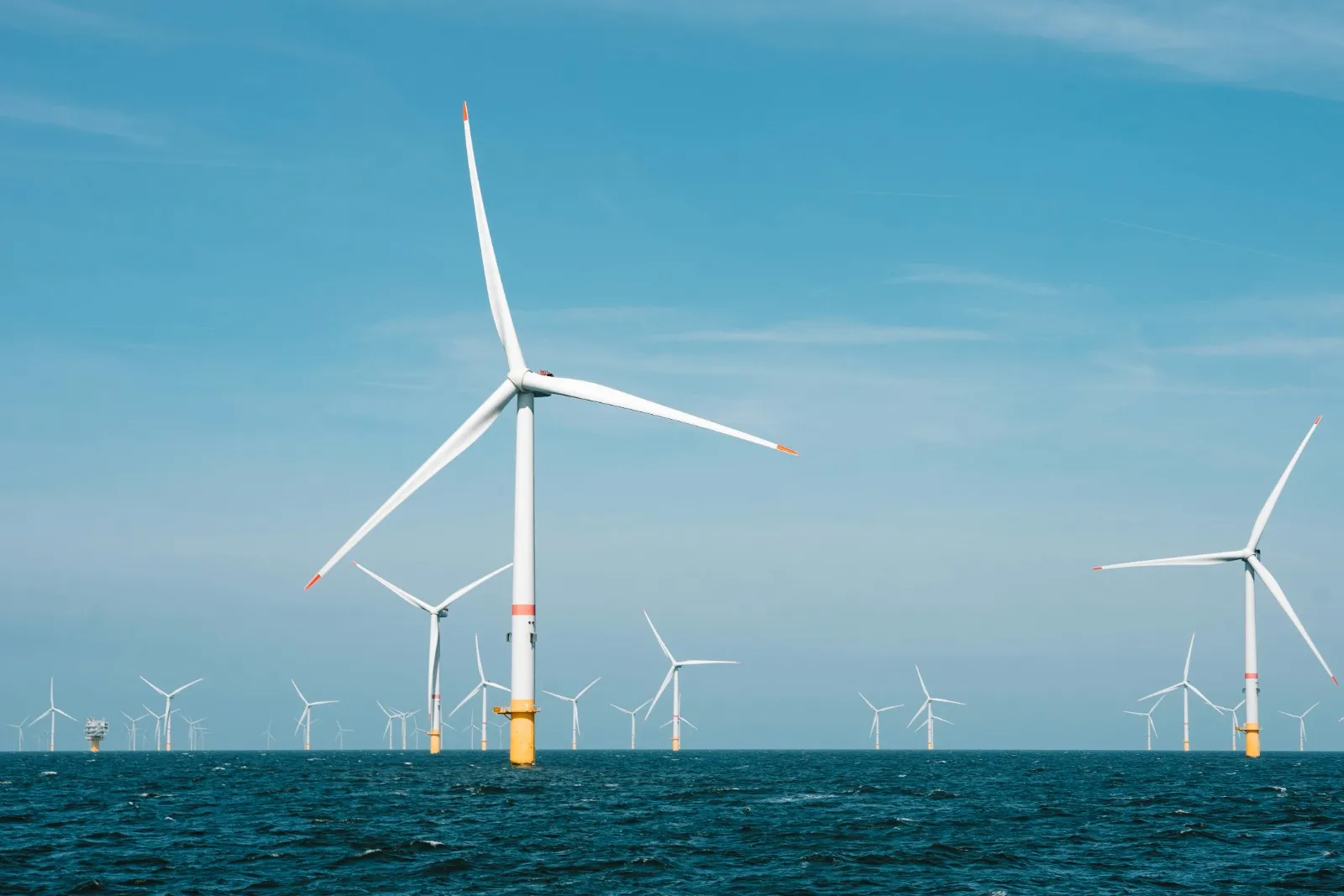Can Aberdeen really transition from oil and gas?

By Louise Douglas, Account Director, Energy
From rowies to deviant seagulls and the grey native stone that makes up most of its buildings, Aberdeen is well-known for a variety of things. But most of all – and I think you know what’s coming – the city is known as the ‘Oil Capital of Europe’.
That’s why it boasts one of the largest heliports in the world, stellar offshore talent and a busy harbour port managing over 9,266 vessel arrivals each year. But as with all types of industry, change is inevitable and those who don’t adapt are left behind.
Today, it could be said that the energy industry is more turbulent than ever, with energy security the prime topic of discussion coupled with ever growing energy prices. As the UK picks up the pace to phase out all Russian gas by the end of 2022, where does that leave Aberdeen and the energy transition?
The number of jobs created by the energy sector in and around Aberdeen is estimated at half a million. In a city with 213,224 occupants, that’s a big number. And its not only one city impacted if a transition is not carefully thought through or embraced. It’s villages, towns and livelihoods across Scotland that will feel rippling effects.
It’s a hot conversation, especially with new North Sea oil and gas licences proposed to open in Autumn, as part of the UK’s energy independence plan. It might be tempting for a city like Aberdeen to continue to rely solely on the black gold that’s kept it thriving for so long.
Making the change
But actions are moving in the right direction. The UK government’s pledge to invest £62m to develop an Energy Transition Zone in Aberdeen was a welcome one. Already, Aberdeen is one of Europe’s pioneering hydrogen cities. It has developed a cluster of hydrogen activity with two publicly accessible hydrogen refuelling stations and one of the largest and most varied fleets of hydrogen vehicles in Europe.
There’s also a plan to develop a floating offshore wind centre of excellence, reflecting the current offshore expertise the city has. Currently, Scotland hosts two out of three of the only operating floating offshore wind projects in the world and the largest is on Aberdeen’s doorstep. The centre would provide essential jobs to the area and ensure Scotland’s offshore wind credentials continue to grow above and beyond its current 25% share in Europe.
The next generation
The sky really is the limit for Aberdeen and its talented workforce. The government’s investment is the needed boost to get it there but its not the only force. Universities in the city are now offering energy transition courses to create the workforce of the future – keeping our energy sector alive. It’s this new fresh talent combined with the experience of the old that will reinvent the city and ensure jobs are projected.
So can Aberdeen really transition?
In short, the answer is yes, with the right support and investment. Married with the technology and infrastructure Aberdeen already has from over 50 years of investment in oil and gas, it’s challenging to argue that it doesn’t have the power to be a world leader in navigating this vital transition. It’s the perfect location to help grow Scotland’s role as a global leader in net zero technology solutions, delivering security of energy supply, diversifying the sector, and creating the next generation of highly-skilled energy professionals.

